MCQ ON LARGE INTESTINE/ LARGE INTESTINE class 11 for NEET | LARGE INTESTINE class 11| MCQ LARGE INTESTINE with Answer | Check the below NCERT MCQ question for class 11Biology based on the with Answers.
MCQ on LARGE INTESTINE class 11Biology with answers were prepared based on the latest pattern.We have provided class 11 Biology MCQs question with Answers to help students understand the concept very well.
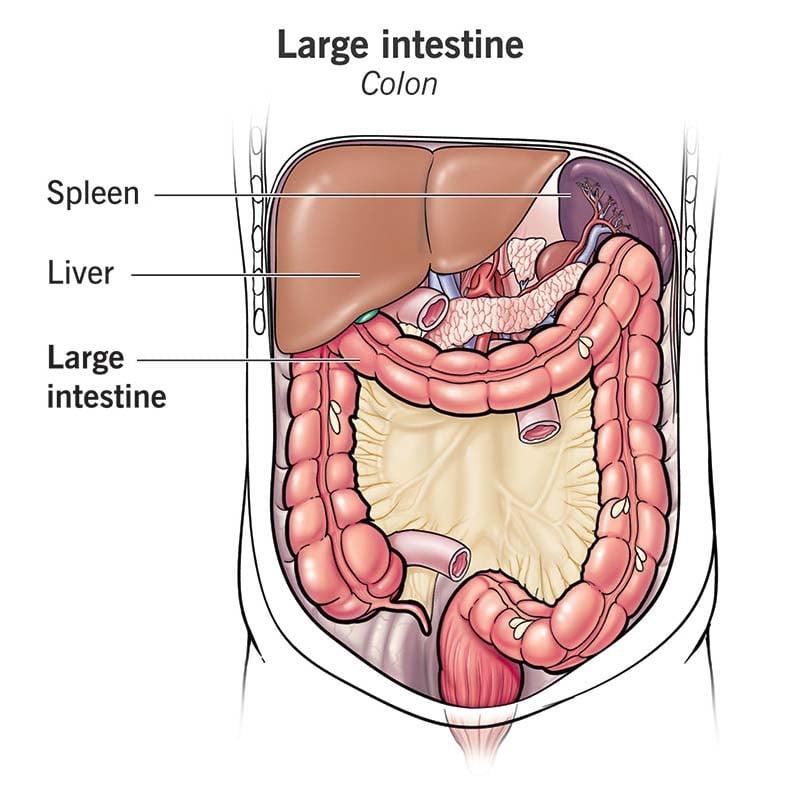
MCQ ON LARGE INTESTINE/ LARGE INTESTINE class 11 for NEET
MCQ ON LARGE INTESTINE is useful for NEET / CSIR / UGC / CBSE / ICSE / AIIMS / EXAM / AFMC EXAM / STATE LEVEL MEDICAL EXAM/ KVS PGT BIOLOGY / NVS PGT BIOLOGY EXAM 2023-2024 ,2025
INTRODUCTION:-
LARGE INTESTINE:-
The large intestine is shorter than the small intestine .It is called large intestine as it is wider than the small intestine.It is aaranged around the mass of small intestine in the form of a question mark ? .It is about 1.5 metres long .It lacks villi and microvilli .It shows three region :-
Caecum :- The caecum is small blind sac coming of the colon at the latter’s junction with the ileum.
The caecum bears a short slender worm like projection called the Vermiform appendix.
Colon:- It is wider than small intestine.It gives succulent apperance due to a series of constrictions.
The colon shows four region:-
Ascending colon
Transverse colon
Descending colon
Longitudinal colon
The bend between the ascending and the transverse colon is called right colic fixure or hepatic flexure and that between transverse and descending colon is termed left colic flexure or splenic flexure.
Rectum:- It follow the colon.It is about 15 cm to 20 cm long.The rectum has longitudinal folds and large blood vessels.
Function:- The large intestine mainly aids in the absorption of water , formation, temporary storage and elimination of faeces and excretion.
The colon of bacteria produce vitamin B and K which are absorbed.
SMALL INTESTINE:-
The small intestine is distinguisible into three regions a C shaped duodenum a long coiled middle portion jejunum and highly coiled ileum . Dopening of stomach into duodenum is guarded by pyloric sphincter ,
Ileum opens into large intestine.
In duodenum glands are also present in submucosa .
The innermost layer lining the lumen of the elementary canal is the mucosa .
This layer forms irregular force in the stomach and small finger like folding called villi in the small intestine.
The cells lining the villi produces numerous microscopic projection called microvilli giving a brush border appearance.
These modification increase surface area enormously. Villi are supplied with a network of capillaries and a large lymph vessel called lacteals.
STOMACH:-
The stomach located in the upper left portion of the abdominal cavity has four major parts a cardiac portion into which the oesophagus opens
, fundic region which small dome like upper part that projects above the cardiac aperture , it oftens contain gas or air.
A pyloric portion which opened into the first part of a small intestine, it is a right narrow lower portion of the stomach, it comprises a wider pyloric antrum and narrow pyloric canal,
Body:- it is a main middle region of the stomach
In a surface of a stomach has numerous folds the gastric rugae . These folds by unfolding let the stomach expands to accommodate large meal about 2 l of food and water
Different foods remain in the stomach for different durations carbohydrate for only one or two hours, protein for up to 3 hours and fats for 3 to 6 hours .
Thus a fat rich food should be taken if the next meal is expected to be available after long time.
An athletes should take carbohydrate rich diet before competition.
When the stomach is empty its contraction stop and a period of rest begins. After a few hours contraction restart causing the feeling of hunger.
Ruminants have a large compound stomach.
These are mammals that chewed the cud.
The stomach of cattle buffaloes goats sheep mammals consists of four chambers – rumen , reticulum , omasum , abomasum.
The stomach of camels and dear lacks omasum.
Rumen is the largest chamber and receives oesophagus. In this chamber food undergoes mechanical and chemical breakdown.
MCQ ON LARGE INTESTINE class 11 for NEET/KVS PGT BIOLOGY / NVS PGT BIOLOGY EXAM 2023-2024,2025
1. The larger intestine is shorter than the small intestine, it is called large intestine as
(a) it is wider than the small intestine
(b) it is thinner than the small intestine
(c) it is thicker than small intestine
(d) none of the above
Ans (a)It is wider than the small intestine
2. Large intestine is about
(a) 1.5 metres long
(b) 2 metres long
(c) 3 metres long
(d) 4 metres long
Ans. (a) 1.5 metres long
3. Large intestine source three regions
(a) caecum
(b) colon
(c) rectum
(d) all the above
Ans. (d) all the above
4. The small blind sac coming of the colon latter’s junction with the ileum is
(a) caecum
(b) jejunum
(c) ileum
(d) all the above
Ans.(a) caecum
5. Which regulates the passage of materials from the small to large intestine.
(a) ileocolic valve
(b) vermiform appendix
(c) duodenum
(d) all the above
Ans.(a) ileocolic valve
6. The colon is wider than small intestine .The colon shows how many regions ?
(a) 4
(b) 3
(c) 2
(d) 5
Ans.(a) 4
7. Argentaffin cells in human beings are found in
(a) small intestine
(b) large intestine
(c) stomach
(d) liver
Ans.(b) stomach
8. Kupffer cells are found in
(a) duodenum
(b) liver
(c) jejunum
(d) large intestine
Ans.(b) liver
9.In which of the following purifying bacteria is present .
(a) intestine
(b) colon
(c) stomach
(d) liver
Ans. (b) colon
10. Digestion of protein is completed in
(a) large intestine
(b) duodenum
(c) stomach
(d) ileum
Ans. (b) duodenum
11.Anti – haemorrhagic vitamin is
(a) Vit C
(b) Vit B
(c) Vit A
(d) Vit K
Ans.(d) Vit K
12. Succus entericus is secreted by
a) Crypts of Leiberkuhn
b) Brunner’s gland
c) Both and b
(d) large intestine
Ans . (c) both a and b
13. The large intestine main function
(a) absorption of water
(b) production of mucus for lubrication
(c) elimination of faeces
(d) all the above
Ans.(d) all the above
14. The colon bacteria produce vitamin
(a) Vit B
(b) Vit K
(c) both a and b
(d) Vit C
Ans. (c) both a and b
ALSO READ:-
● YOU CAN WATCH BIOLOGY SIR Youtube channel
15. Which follows the colon ?
(a) rectum
(b) jejunum
(c) ileum
(d) all the above
Ans.(a) rectum
16.The mucus membrane o the colon is
(a) smooth
(b)folds
(c) villi
(d) none of the above
Ans.(a) smooth

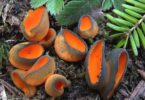
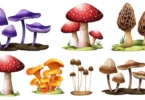
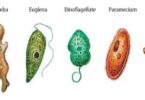
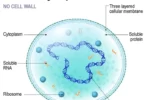
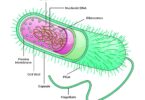
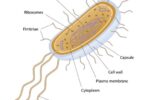
Leave a Comment